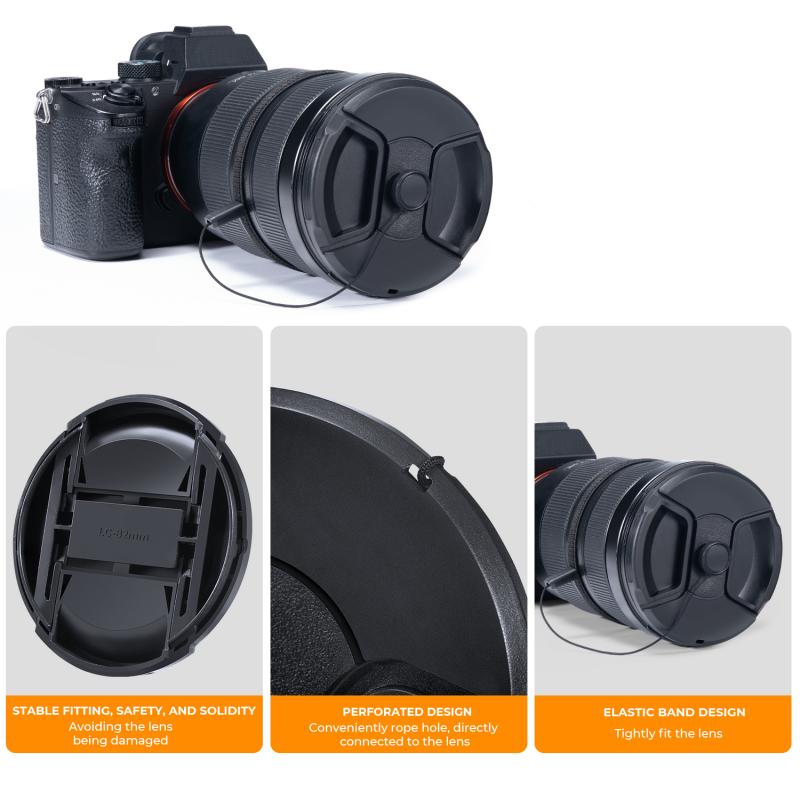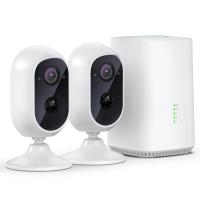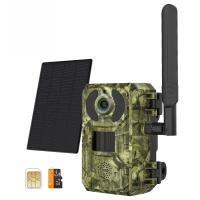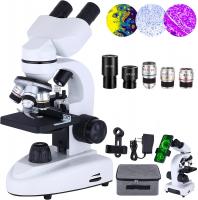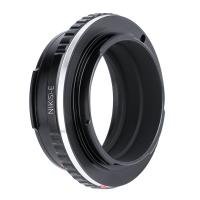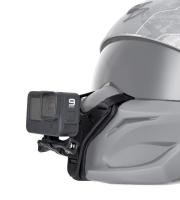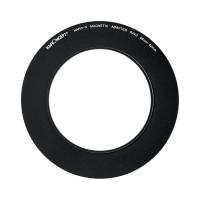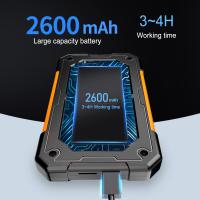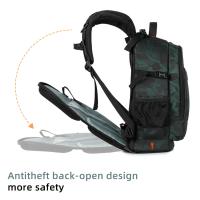What Is The Best Digital Camera ?
The best digital camera is subjective and depends on individual needs and preferences. Some popular options include the Sony Alpha a7 III, Canon EOS 5D Mark IV, Nikon D850, and Fujifilm X-T4. These cameras offer high-resolution image sensors, advanced autofocus systems, and various features suitable for different types of photography. It is recommended to consider factors such as budget, desired image quality, intended use, and specific features required before determining the best digital camera for oneself.
1、 Megapixel count and image resolution
When it comes to determining the best digital camera, the megapixel count and image resolution are certainly important factors to consider. However, it is crucial to note that these specifications alone do not guarantee the overall quality of a camera.
Megapixel count refers to the number of pixels a camera's sensor can capture, while image resolution refers to the level of detail and clarity in the resulting image. In the past, higher megapixel counts were often associated with better image quality. However, with advancements in technology, the gap between different cameras' megapixel counts has significantly narrowed.
Today, most digital cameras on the market offer more than enough megapixels for the average user's needs. For example, a camera with 20-24 megapixels is more than sufficient for capturing high-quality images that can be printed at large sizes or cropped without losing significant detail.
Instead of solely focusing on megapixel count and image resolution, it is essential to consider other factors such as sensor size, lens quality, image stabilization, low-light performance, and overall camera functionality. These aspects play a significant role in determining the overall image quality and user experience.
Furthermore, it is worth mentioning that the latest point of view regarding megapixel count and image resolution is shifting towards a more balanced approach. Camera manufacturers are now focusing on improving other aspects of image quality, such as dynamic range, color accuracy, and noise reduction, rather than solely increasing megapixel counts.
In conclusion, while megapixel count and image resolution are important considerations when choosing a digital camera, they should not be the sole determining factors. It is crucial to consider the overall camera performance, including sensor size, lens quality, and other features, to ensure the best possible image quality and user experience.
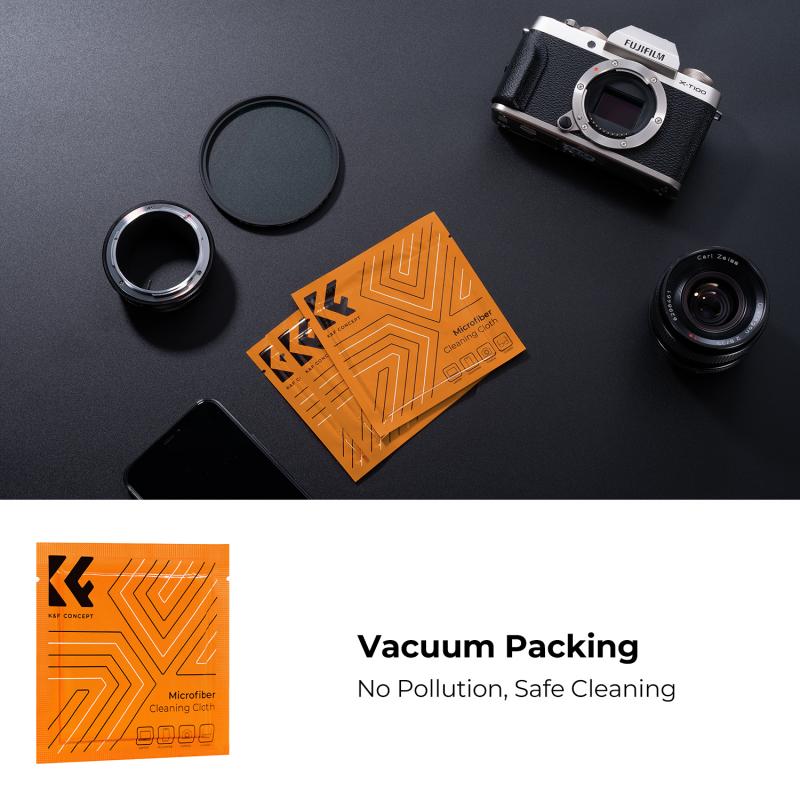
2、 Sensor size and image quality
When it comes to determining the best digital camera, sensor size and image quality are two crucial factors to consider. The sensor size directly affects the image quality a camera can produce. Generally, larger sensors capture more light, resulting in better image quality, especially in low-light conditions.
Full-frame sensors, which are equivalent to the size of a 35mm film frame, are often considered the gold standard for professional photographers. They offer excellent image quality, dynamic range, and low noise levels. However, they come at a higher cost and are typically found in high-end DSLR and mirrorless cameras.
APS-C sensors, found in many mid-range DSLRs and mirrorless cameras, are smaller than full-frame sensors but still deliver impressive image quality. They are more affordable and offer a good balance between image quality and cost.
Micro Four Thirds sensors, even smaller than APS-C, are commonly used in mirrorless cameras. While they may not match the image quality of larger sensors, they are more compact and lightweight, making them popular among travel and street photographers.
It's important to note that sensor technology is constantly evolving, and newer cameras are often equipped with improved sensors that offer better image quality than their predecessors. Manufacturers are also enhancing image processing algorithms to further enhance image quality, even with smaller sensors.
Ultimately, the best digital camera in terms of sensor size and image quality depends on individual needs and preferences. Professional photographers and enthusiasts seeking the highest image quality may opt for full-frame cameras, while others may find APS-C or Micro Four Thirds sensors more than sufficient for their needs. It's advisable to research and compare different camera models, read reviews, and consider factors like budget, intended use, and personal shooting style before making a decision.

3、 Lens quality and focal length options
When it comes to determining the best digital camera, lens quality and focal length options are two crucial factors to consider. The lens quality plays a significant role in capturing sharp and detailed images, while the focal length options provide versatility in terms of composition and shooting conditions.
In terms of lens quality, there are several reputable camera brands that offer exceptional lenses. Canon, Nikon, Sony, and Fujifilm are known for producing high-quality lenses that deliver excellent image quality. These brands have a wide range of lenses available, catering to different photography needs and preferences. Additionally, Leica lenses are renowned for their exceptional optical performance and are often considered top-tier in terms of quality.
When it comes to focal length options, the best digital camera will offer a variety of lenses with different focal lengths. This allows photographers to capture a wide range of subjects, from landscapes and architecture to portraits and wildlife. A versatile camera system should have a selection of wide-angle, standard, and telephoto lenses to cater to different shooting scenarios.
It is important to note that the concept of the "best" digital camera is subjective and can vary depending on individual needs and preferences. The latest point of view suggests that mirrorless cameras are gaining popularity due to their compact size, advanced features, and excellent image quality. Sony, Fujifilm, and Panasonic are leading the mirrorless camera market with their innovative technologies and lens options.
Ultimately, the best digital camera in terms of lens quality and focal length options will depend on the specific requirements of the photographer. It is recommended to research and compare different camera systems, read reviews, and even try out different lenses before making a decision.
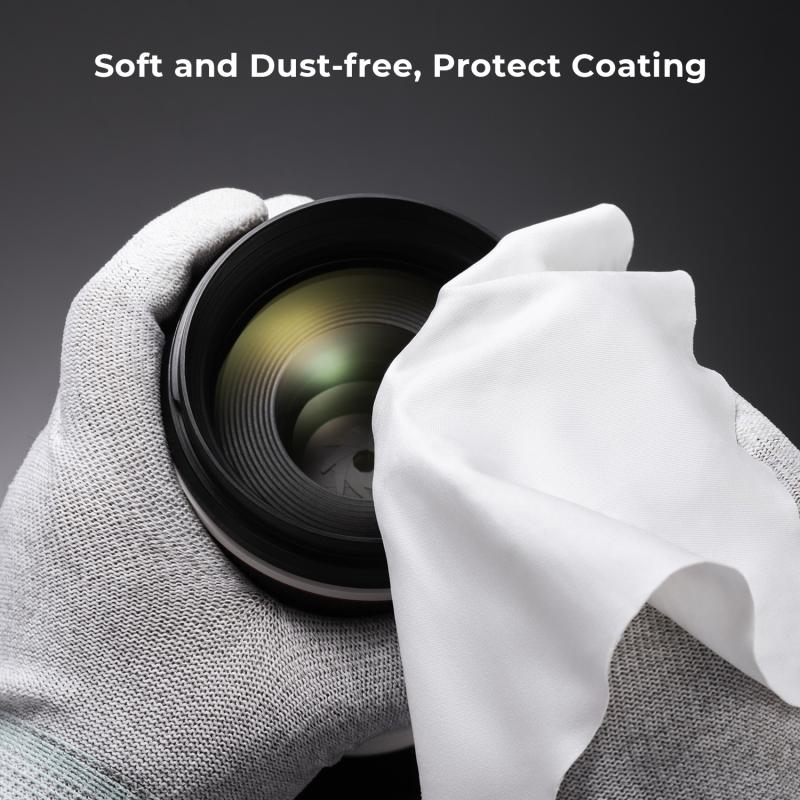
4、 ISO range and low-light performance
When it comes to ISO range and low-light performance, there are several digital cameras that stand out as top contenders. However, it is important to note that the "best" camera in this category can vary depending on individual needs and preferences. That being said, one camera that consistently receives high praise for its ISO range and low-light capabilities is the Sony A7S III.
The Sony A7S III is a full-frame mirrorless camera that boasts an impressive ISO range of 80-102,400, expandable up to 409,600. This wide range allows for exceptional low-light performance, with minimal noise even at higher ISO settings. The camera's advanced sensor technology and BIONZ XR image processor work together to deliver outstanding image quality in challenging lighting conditions.
In addition to its impressive ISO range, the A7S III also features a newly developed 12.1-megapixel back-illuminated Exmor R CMOS sensor. This sensor, combined with Sony's renowned low-light performance capabilities, ensures that the camera excels in capturing details and preserving dynamic range even in dimly lit environments.
Furthermore, the A7S III offers advanced autofocus capabilities, including real-time tracking and eye autofocus, which further enhance its low-light performance. The camera's high-speed image processing and improved autofocus algorithms make it a reliable choice for capturing fast-moving subjects in challenging lighting conditions.
It is worth mentioning that the digital camera market is constantly evolving, and new models with improved ISO range and low-light performance are regularly introduced. Therefore, it is advisable to stay updated with the latest releases and reviews to make an informed decision based on your specific requirements.
